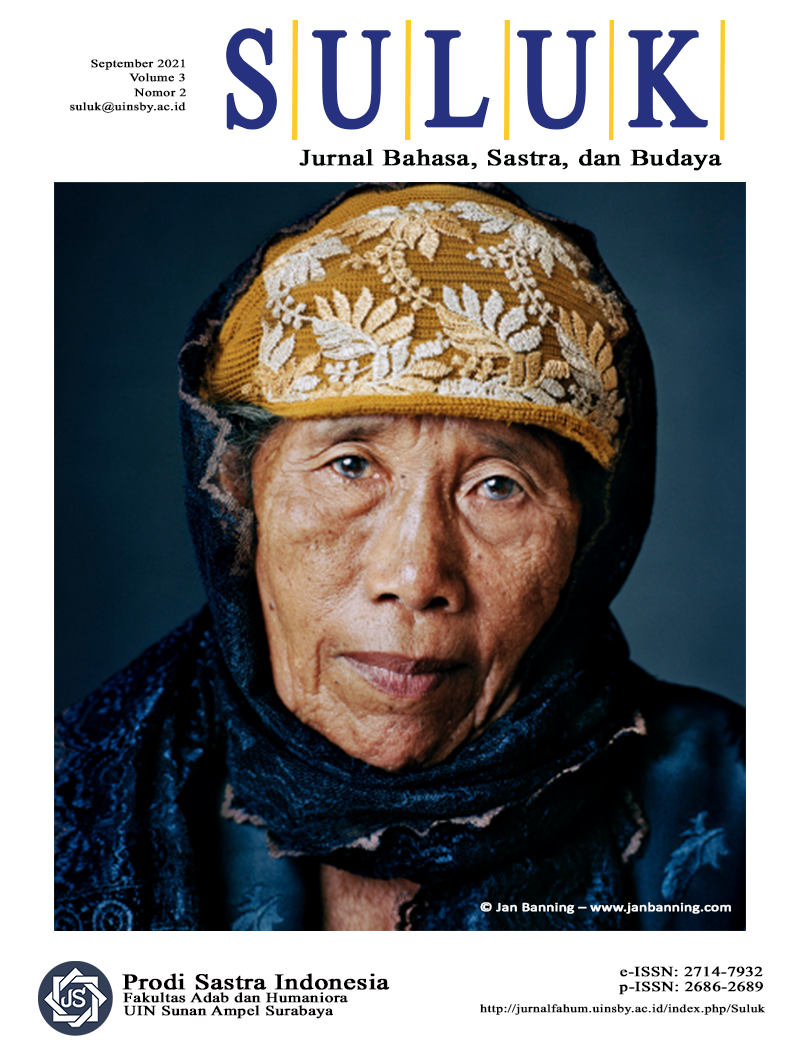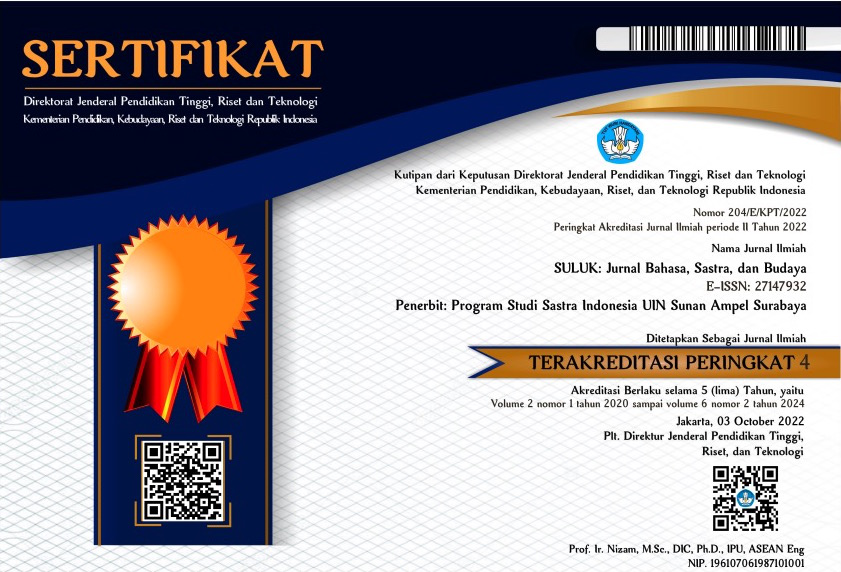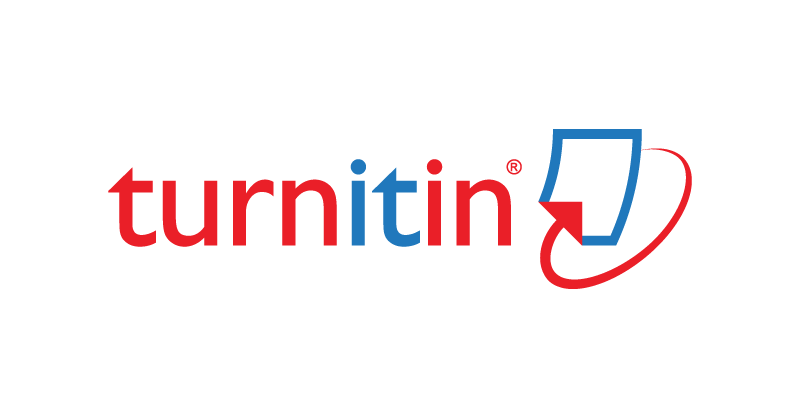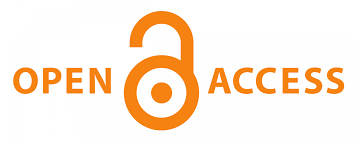The Comparison Between The Satun Dialect and The Patani Dialect of The Melayu Language
DOI:
https://doi.org/10.15642/suluk.2021.3.2.99-104Keywords:
melayu language, satun dialect, patani dialectAbstract
This study aims to describe the comparison of the Satun dialect and the Patani dialect of the Malayu language. Satun is a province located to the west of Peninsular Malaysia, while Patani is located in the eastern part of Malaysia, namely in Kelantan. This research is a descriptive field research about BMDS and BMDP dialect forms. The data collected are forms of dialect used by people who use BMDS and BMDP. The Data was collected via interview, the matching method, and by analyzing the basic vocabulary comparison method based on 200 Swadesh words. Data obtained from 2 sources, BMDS-informant and DMDP-informant. The results of this study are a form of comparison between the Satun dialect and the Patani dialect of the Malayu langauge. (1) There are 48 vocabularies with the same form and (2) 152 vocabularies with different forms. Both dialeks are based in the same language, Austronesian Malay. Based on the location of different provinces, the location gets influence from the loghat of the area bordering Kedah and Kelatan. Therefore, these two languages have a regional language or dialect that is together and different in the form of words and sounds.
Downloads
References
Aziz, S. H. A. (2011). Bahasa Melayu I (Siri Pendidikan Guru) (Vol. 1). Malaysia: Oxford Fajar Sdn. Bhd.
Budiarsa, I. M. (2017). Language, Dialect And Register Sociolinguistic Perspective. RETORIKA: Jurnal Ilmu Bahasa, 1(2), 379. https://doi.org/10.22225/jr.1.2.42.379-387
Chaer, A. (2007). Linguistik Umum. Jakarta: Rineka Cipta.
Holmes, J., & Wilson, N. (2017). An Introduction to Sociolinguistics. United Kingdom: Routledge.
Jalaluddin, N. H., Santa Tinggom, A., Hamzah, S. N., & Lateh, H. (2019). Penyebaran Dialek Melayu Satun di Langkawi dan di Thai: Satu Kajian Perbandingan Berasaskan Geographic Information System (GIS) (The Distribution of Satun Malay Dialect in Langkawi and Thai: A Comparative Study Based on Geograhic Information System (GIS)). GEMA Online® Journal of Language Studies, 19(1), 77–96. https://doi.org/10.17576/gema-2019-1901-05
Kridalaksana, H. (2008). Kamus Linguistik (Fourth). Jakarta: Gramedia Pustaka Utama.
Markhamah, M., Sabardila, A., & Haryanti, D. (2018). Teori Linguistik: Beberapa Aliran Linguistik. Surakarta: Muhammadiyah University Press.
Pateda, M. (2011). Lingustik: Sebuah Pengantar. Bandung: Angkasa.
Smalley, W. A. (1994). Linguistic Diversity and National Unity: Language Ecology in Thailand. Chicago: University of Chicago Press.
Subroto, E. (2007). Pengantar Metode Penelitian Linguistik Struktural . Surakarta: UNS Press.
Sudaryanto, S. (1998). Metode Linguistik Bagian Kedua: Metode dan Aneka Teknik Pengumpulan Data. Yogyakarta: Gadjah Mada University Press.
Sudaryanto, S. (2015). Metode dan Aneka Teknik Analisis Bahasa. Yogyakarta: APPTI.
Wardhaugh, R. (2006). An Introduction to Sociolinguistics (Fifth). United Kingdom: Blackwell Publishers Ltd.
Yule, G. (2016). Pragmatik. Yogyakarta: Pustaka Pelajar.
Yusuf, A. M. (2007). Metodologi Penelitian: Dasar-Dasar Penyelidikan Ilmiah. Padang: Universitas Negeri Padang Press.
Wawancara:
Rohani Maksaman (2020) “Bahasa Melayu Dialek Satun-Kosakata 200 Swadesh". Hasil Wawancara Pribadi: 15 September 2020, Satun Thailand.
Usman Malee (2018) “Bahasa Melayu Dialek Patani-Kosakata 200 Swadesh". Hasil Wawancara Pribadi: 25 Oktober 2018, Pattani, Thailand.
http://www.tri.chula.ac.th/triresearch/malau/malau.html diakses pada tanggal (29 September).
http://nikrakib.blogspot.com/2014/10/ diakses pada tanggal (4 September).
https://www.google.com/search?q=peta+satun+thailand&tbm diakses pada tanggal (11 September)
Downloads
Additional Files
Published
How to Cite
Issue
Section
License
Copyright (c) 2021 Sumaiyah Menjamin, Andareena Chema

This work is licensed under a Creative Commons Attribution-ShareAlike 4.0 International License.
- Authors retain copyright and grant the journal right of first publication with the work simultaneously licensed under a Creative Commons Attribution ShareAlike License that allows others to share the work with an acknowledgment of the work's authorship and initial publication in this journal.
- Authors are able to enter into separate, additional contractual arrangements for the non-exclusive distribution of the journal's published version of the work (e.g., post it to an institutional repository or publish it in a book), with an acknowledgment of its initial publication in this journal.
- Authors are permitted and encouraged to post their work online (e.g., in institutional repositories, pre-print sites, or on their website) prior to and during the submission process, as it can lead to productive exchanges, as well as earlier and greater dissemination of published work.








